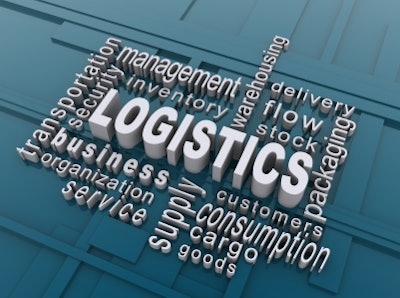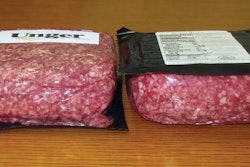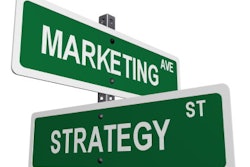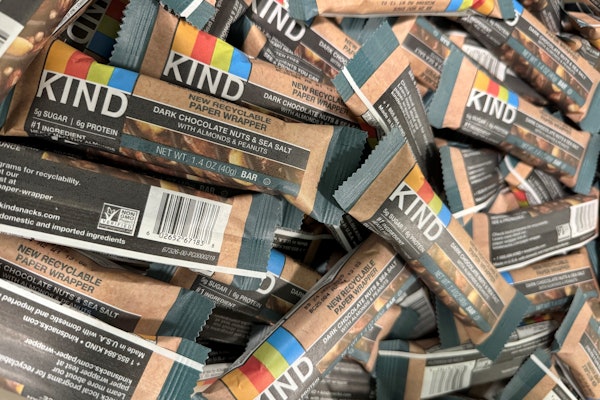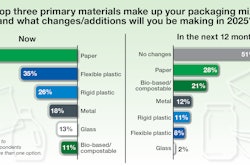Packaging isn’t always at the table during the early stages of the product development process at pharmaceutical and medical device companies.
“Only recently has the value of packaging begun to be fully appreciated in bringing a new product to market,” says Richard Adams, head of Pack Graphic Design at GlaxoSmithKline’s Raleigh-Durham, NC, facility. “Of course, primary packaging is considered much earlier on in the process due to stability and clinical trial requirements. However, secondary packaging is now being thought of as a true value add, especially in the areas of adherence, compliance, anti-counterfeiting, and cost of goods. We now have several ‘programs’ that are focused on securing packaging a prominent ‘place at the head table.’”
The primary/secondary packaging issue was also noted by Philip Dahlin, senior manager of sustainability for the Janssen Pharmaceutical Companies of Johnson & Johnson. “Packaging is considered very early on in Pharmaceuticals,” he explains. “We break out packaging in a couple of different ways. Anything that has primary contact with the drug, and anything that can have an impact on dosing, like a syringe, is considered very early in the process. Secondary or tertiary packaging comes in a little bit later, because that’s determined more on a local market basis.
“Packaging is especially involved early on in the development process if you are going to try and incorporate a new material such as a bio-based material,” Dahlin notes. “You have to identify the right application and pull it in early enough, as these things take years to implement and to obtain certifications for use. There are long validation efforts and many stability and shipping studies to understand how a new material performs. It also could require equipment changes and retooling.”
“At Smith & Nephew, we use a phased-review process during new product development,” explains Jason Strachota, packaging development engineer II with the company’s Advance Surgical Devices Div. “During the product development process, one of our packaging engineers sits on the launch team as the project is chartered. The Packaging Development team remains involved with both upstream and downstream activities during a product launch. We are now incorporating sustainability-related parameters into the formal product design process.”
Such proactive packaging approaches haven’t always been the case. “There is some effort to bring packaging development in sooner but package engineering is generally part of an operations group, not R&D,” says Jan Gates, owner and founder of PackWise Consulting, with more than 30 years of experience in package engineering with foods, pharmaceuticals, detergent, and medical device companies.
As Dahlin points out, packaging’s expertise is not only imperative for materials, but also in determining the appropriate machinery. Chuck Taylor, principle packaging/manufacturing engineer with Covidien Surgical Solutions Group, states, “We are striving to get packaging engineers involved in the product development process at an early stage (typically feasibility) to allow for innovation on the equipment side and the system as a whole. Because of long lead times for new equipment or test/stability requirements with a new system, it is important to get packaging involved early so they have time to explore these opportunities.”
Chris Bagozzi, manager of sterile packaging development at Medtronic Spinal and Biologics, also talks about the feasibility stage. He notes, “Medtronic’s Spinal business has specific development processes, and Packaging Development is brought in at the feasibility phase. Evaluating projects early on to determine whether resources should be utilized to further develop a product has had a positive impact. It also allows coordination with Product Development, Marketing, Regulatory, Quality, Production, and Distribution. Medtronic also has an EHS (Environmental, Health, and Safety) Standard that requires that EHS considerations be evaluated in the product development process and that includes meeting packaging EHS requirements and improving packaging sustainability opportunities.”
Another opinion on packaging’s role in product development came from a life sciences professional who wished to remain anonymous: “There must be packaging input into design at the beginning of the process. Budgets can be dictated by what happens in the design-control phase. In the past, we have been brought in too late.”
Perhaps the days of bringing in packaging “too late” are dwindling. Edward Bauer, a Packaging Hall of Fame inductee, cites several reasons in favor of packaging’s early involvement. “Packaging is slowly becoming a part of the product development process. Pharmaceutical manufacturers are thinking beyond the time a drug is on patent to its generic or over-the-counter potential. Packaging that helps to build brand loyalty while a drug is under patent protection can be one reason customers stay with that drug or brand when it moves to over-the-counter status.”
He adds, “Packaging can also provide answers to difficult administration questions. Compliance is becoming a key factor in the success of the patient on a product. Many conditions, Hepatitis C for example, require the patient to use multiple drugs for an extended period of time to cure the disease. Packaging that makes compliance easy is extremely important to the product’s success.”
Looking to the future, Bauer predicts, “We are on the cusp of interactive packaging for products. Making packaging part of the development process is going to introduce new and novel ways to enhance compliance and product effectiveness. These attributes then translate into greater sales of a product in comparison to its competitors.”
Excerpted from Healthcare Packaging’s February 2012, “Voices of Leadership” issue.
